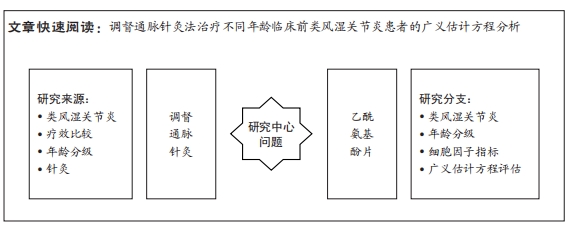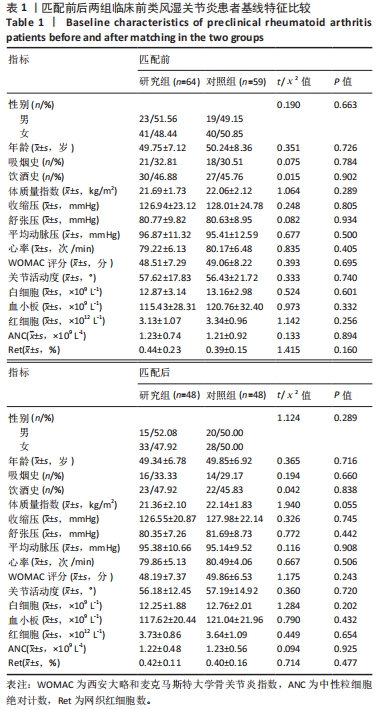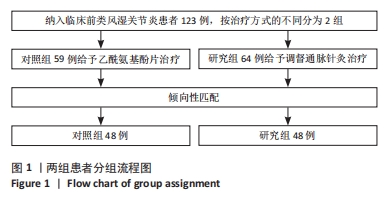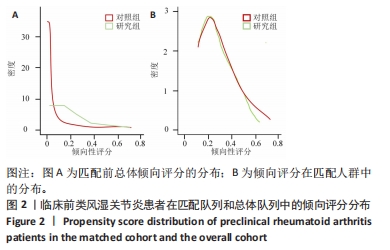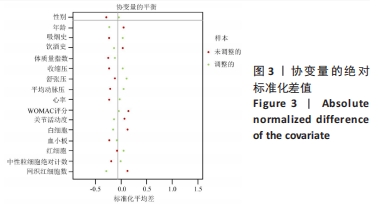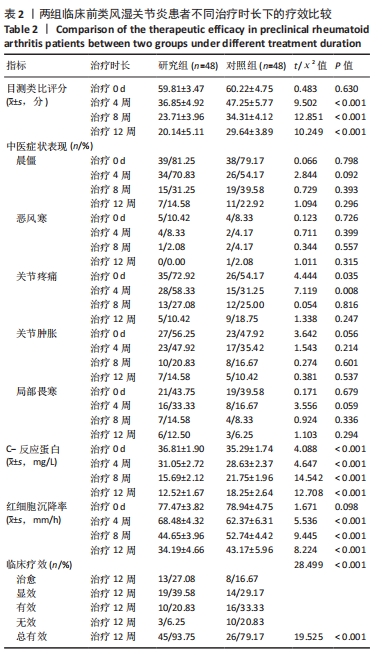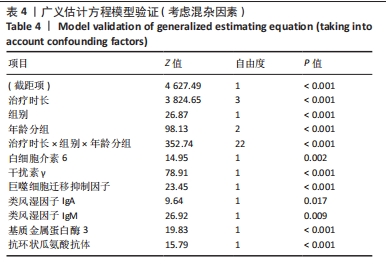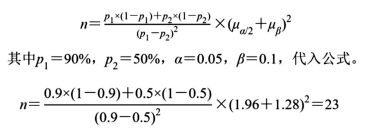[1] TANAKA Y, TAKEUCHI T, MORITA Y, et al. Post hoc analysis of patients with rheumatoid arthritis (RA) under clinical remission in two Japanese phase 3 trials of peficitinib treatment (RAJ3, RAJ4). Mod Rheumatol. 2023:road059.doi: 10.1093/mr/road059.
[2] GRAVALLESE EM, FIRESTEIN GS. Rheumatoid Arthritis - Common Origins, Divergent Mechanisms. N Engl J Med. 2023;388(6):529-542.
[3] SCHOUGAARD LMV, KNUDSEN LR, GROVE BE, et al. Socioeconomic, Disease-Related, and Personal Factors Associated With Participation in Remote Follow-Up in Rheumatoid Arthritis: A Cross-Sectional Study. Arthritis Care Res (Hoboken). 2023;75(10):2044-2053.
[4] AKBARI-PAPKIADEHI F, SABOOR-YARAGHI AA, FARHADI E, et al. Effect of curcumin on the expression of NOD2 receptor and pro-inflammatory cytokines in fibroblast-like synoviocytes (FLSs) of rheumatoid arthritis (RA) patients. Adv Rheumatol. 2023;63(1):27.
[5] OTA R, HATA T, HIRATA A, et al. Risk of infection from glucocorticoid and methotrexate interaction in patients with rheumatoid arthritis using biologics: A retrospective cohort study. Br J Clin Pharmacol. 2023;89(7):2168-2178.
[6] DONG W, WANG B, ZHANG R, et al. Therapeutic effects of acupuncture in rheumatoid arthritis are associated with centromere protein F expression. Allergol Immunopathol (Madr). 2022;50(3):47-54.
[7] TAO W, ZHANG Q, WANG L. Investigation of the Clinical Efficacy of Acupuncture Combined with Traditional Chinese Medicine Fumigation in the Treatment of Rheumatoid Arthritis by Meta-Analysis. Contrast Media Mol Imaging. 2022;2022:7998725.
[8] 谢群辉,颜艳,贺思敏,等.基于广义估计方程探讨围产期相关因素对幼儿屈光发育的影响[J].中国卫生统计,2021,38(1):2-5.
[9] PETROVSKÁ N, PRAJZLEROVÁ K, VENCOVSKÝ J, et al. The pre-clinical phase of rheumatoid arthritis: From risk factors to prevention of arthritis. Autoimmun Rev. 2021;20(5):102797.
[10] 何建伟,张君梅,张莹,等.远红外陶瓷微珠干预下肌肉损伤疼痛分级指数、目测类比评分和现有疼痛程度的变化[J].中国组织工程研究,2020,24(16):2561-2566.
[11] LI H, HU S, ZHAO R, et al Gait Analysis of Bilateral Knee Osteoarthritis and Its Correlation with Western Ontario and McMaster University Osteoarthritis Index Assessment. Medicina (Kaunas). 2022;58(10):1419.
[12] LIM AJW, TYNIANA CT, LIM LJ, et al. Robust SNP-based prediction of rheumatoid arthritis through machine-learning-optimized polygenic risk score. J Transl Med. 2023;21(1):92.
[13] YANG Q, ZHAO Z, ZHAO W, et al. A rescue diet raises the plasma calcium concentration and ameliorates rheumatoid arthritis in mice: Role of CaSR-mediated inhibition of osteoclastogenesis. FASEB J. 2023; 37(1):e22673.
[14] YUAN S, CHEN J, RUAN X, et al. Rheumatoid arthritis and risk of site-specific cancers: Mendelian randomization study in European and East Asian populations. Arthritis Res Ther. 2022;24(1):270.
[15] NAGAKANNAN P, TABESHMEHR P, EFTEKHARPOUR E. Oxidative damage of lysosomes in regulated cell death systems: Pathophysiology and pharmacologic interventions. Free Radic Biol Med. 2020;157:94-127.
[16] JEGER JL. Endosomes, lysosomes, and the role of endosomal and lysosomal biogenesis in cancer development. Mol Biol Rep. 2020; 47(12):9801-9810.
[17] 覃会蓉,向高,沈小兰,等.雷公藤多苷联合托法替布治疗难治性类风湿关节炎的探索[J].中医学,2023 12(10):2929-2935.
[18] DOUMEN M, PAZMINO S, BERTRAND D, et al. Glucocorticoids in rheumatoid arthritis: Balancing benefits and harm by leveraging the therapeutic window of opportunity. Joint Bone Spine. 2023;90(3): 105491.
[19] 赵京生.传统针灸的精华及其认识偏差的产生[J].南京中医药大学学报,2021,37(6):797-800.
[20] 黄龙祥.中医古籍校勘的新思考与新探索[J].中医文献杂志,2021, 39(1):1-3.
[21] WANG H, ZHAO M, ZHANG J, et al. The Efficacy of Acupuncture on Patients with Erectile Dysfunction: A Review. Evid Based Complement Alternat Med. 2022;2022:4807271.
[22] 王芳,吴帮启,韩林,等.调神针法改善肠易激综合征患者情绪的研究进展[J].中医药信息,2022,39(6):76-80.
[23] 杨家熙,寇秋爱.从“毒热致虚”理论探讨类风湿关节炎伴贫血辨治思路[J].中国实验方剂学杂志,2022,28(20):218-225.
[24] YOSHII I, SAWADA N, CHIJIWA T. Associations between clinical metrics of joint deformity, disease duration, disease activity, functional capacity, quality of life, pain, and fatigue in patients with rheumatoid arthritis. Clin Rheumatol. 2023;42(4):1027-1038.
[25] YANG DH, HUANG JY, CHIOU JY, et al. Analysis of Socioeconomic Status in the Patients with Rheumatoid Arthritis. Int J Environ Res Public Health. 2018;15(6):1194.
[26] 雷海桃,田雪梅,金芳全.细胞因子信号转导抑制因子与类风湿关节炎的相关性研究进展[J].上海交通大学学报(医学版),2022, 42(7):945-951.
[27] WANG Y, ZHANG LM, QI S, et al. Preliminary study on the correlation between IL-6,IL-33, and IL-10 and periodontitis and rheumatoid arthritis. Shanghai Kou Qiang Yi Xue. 2021;30(5):498-503.
[28] WANG Z, LAN T, ZHANG L, et al. Predictive value of the TyG index and rheumatoid factor for cardiovascular disease risk in a rheumatoid arthritis population: data from a survey of 418 patients. Lipids Health Dis. 2022;21(1):122.
[29] SÁNCHEZ-ZUNO GA, BUCALA R, HERNÁNDEZ-BELLO J, et al. Canonical (CD74/CD44) and Non-Canonical (CXCR2, 4 and 7) MIF Receptors Are Differentially Expressed in Rheumatoid Arthritis Patients Evaluated by DAS28-ESR. J Clin Med. 2021;11(1):120.
[30] 唐洁,武平,余泽芸,等.艾灸对类风湿关节炎患者血清中白三烯B4、基质金属蛋白酶-9的影响[J].针刺研究,2023,48(5):488-493.
[31] TAN YK, LI H, ALLEN JC JR, et al. Anti-cyclic citrullinated peptide but not rheumatoid factor is associated with ultrasound-detected bone erosion among rheumatoid arthritis patients with at least moderate disease activity. Int J Rheum Dis. 2020;23(10):1337-1343. |
